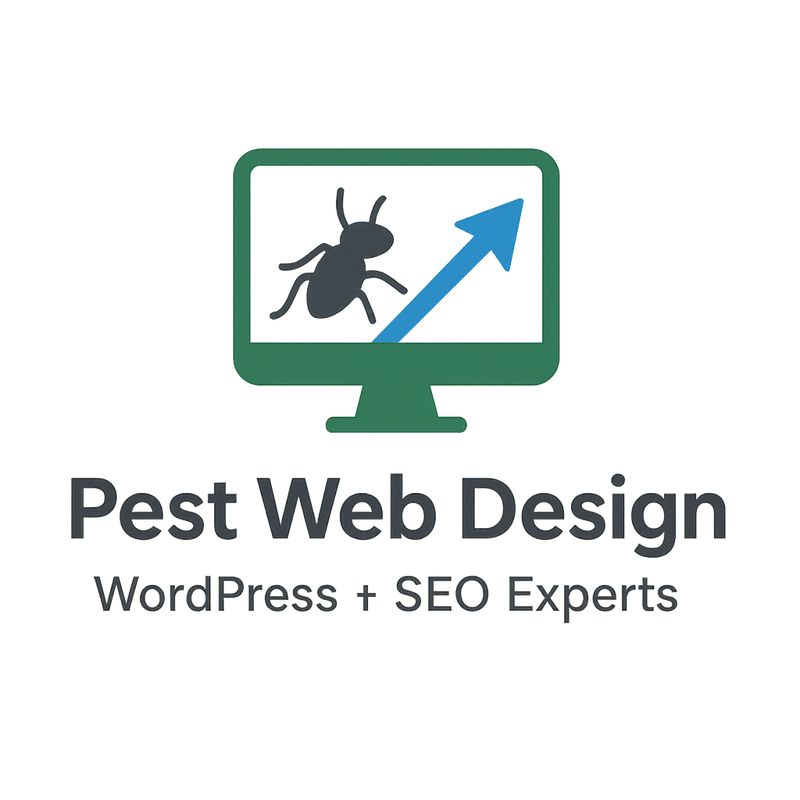What’s included in Website Accessibility audits
WCAG review
We test against WCAG 2.2 AA using automated scans and manual checks. Moreover, we validate color contrast, semantics, keyboard paths, and focus order; in addition, we document each failure with examples.
Issue log & fixes
Findings are prioritized with clear steps and code samples. Consequently, your developers can apply fixes quickly; alternatively, our team can remediate and, afterwards, provide a change log.
Policy & statements
We draft an accessibility statement and process policy. Therefore, visitors understand your commitment; likewise, they know how to request accommodations.
Reference: WCAG 2.2, ADA.gov web guidance, and WebAIM.
Why accessibility matters for service brands
Accessibility enables more people to call, book, or buy. Consequently, missed leads decrease and reputation improves. Additionally, inclusive design strengthens SEO because semantic markup and fast interactions help all users. Finally, legal risk shrinks because evidence of good-faith effort is visible.
- More conversions: clearer forms and keyboard-friendly paths reduce abandonment; moreover, error messages become actionable.
- Lower risk: documented fixes and statements demonstrate ongoing efforts; therefore, disputes are easier to resolve.
- Better UX: accessible color, text, and layouts increase readability; as a result, support tickets decline.
For perspective, review the W3C accessibility perspectives; they illustrate barriers and, importantly, practical solutions.

Website Accessibility remediation process
- Audit: run scans, manual checks, and assistive-tech tests; therefore, we surface real issues, not just tool noise.
- Fix: apply code updates, ARIA where appropriate, and content tweaks to meet WCAG 2.2 AA; moreover, we pair with your team if preferred.
- Verify: retest with keyboard and screen reader; consequently, regressions are caught early and documented.
- Document: update the statement, add notes to your CMS, and schedule monitoring; finally, we confirm outcomes.
We prioritize templates first; as a result, improvements scale across the entire site. Meanwhile, editors receive a checklist so quality persists.

Testing tools and methods
Automated scanners are helpful; however, they miss context. Therefore, we combine tools and human review for accuracy. Moreover, we script repeatable steps so your team can verify fixes later; in addition, we store evidence for audits.
- Automated scans (axe, WAVE) to catch common patterns
- Keyboard-only navigation and focus order checks
- Screen reader spot tests (NVDA/VoiceOver) for labels and roles
- Color contrast checks for text and interactive states

Website Accessibility monitoring & training
Content changes can reintroduce issues. Consequently, we schedule monthly scans, spot tests, and brief training. Additionally, editors learn patterns to avoid; meanwhile, developers adopt guardrails for future releases. As a result, quality holds steady even as teams move fast.
- Monthly reports with prioritized tasks and, moreover, simple wins
- Pattern library updates for accessible components
- Editor checklists for headings, media, and links
Because the process is lightweight, teams stay productive while standards remain met.

Accessibility service plans
Audit
- WCAG 2.2 AA assessment
- Issue log with priorities
- Accessibility statement draft
Best for a clear baseline; plus, it informs sprint plans and, consequently, speeds remediation.
Remediate
- Audit + code fixes
- Template-first approach
- Verification & documentation
Great for teams without internal bandwidth; moreover, it minimizes rework later.
Monitor
- Quarterly reviews
- Monthly scans & reports
- Editor training and updates
Ideal for ongoing compliance as content grows; in addition, it keeps risk low.
How to get started with Website Accessibility
First, share your primary URL and any common templates. Next, we run a quick triage scan; consequently, you’ll see effort and impact before committing. Then, choose a plan and timeline; afterwards, we begin remediation while, meanwhile, training editors on simple wins.
Finally, we schedule monitoring so improvements persist. In short, you gain clarity, and, as a result, users experience a faster and more inclusive site.

Website Accessibility — FAQs
Do we need WCAG 2.2 AA?
Yes for most public sites. WCAG 2.2 AA is the common benchmark; therefore, we align audits and fixes to that level unless your legal team specifies otherwise.
Is an overlay enough?
No. Overlays can hide issues without fixing code. Consequently, they may increase risk. We remediate templates and content directly; moreover, we verify with assistive-tech tests.
Will this help SEO?
Often. Semantic HTML, alt text, and better headings improve crawl clarity; moreover, faster interactions benefit all users and, consequently, increase conversions.
How fast can we start?
Audits typically begin within one week. Then, remediation sprints follow an agreed plan with clear milestones; meanwhile, editors receive quick guidance so updates stick.
Ready to improve Website Accessibility?
Share your URL and goals; consequently, we’ll provide an audit scope, timeline, and a simple plan for fixes and monitoring. Afterwards, we’ll confirm outcomes with evidence.

